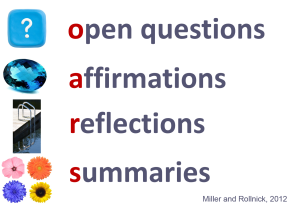What do I want to be when I grow up? For a large proportion of high school students, now is when that question gets real.
Which program? Which college or university? What are the admission requirements and will my grades be good enough? Applying to undergraduate and graduate degree or diploma programs can be stressful, especially the dreaded “Personal Statement” in which applicants must respond to a series of questions in 3000 characters or less.
For example:
What makes a good citizen?
How will you make the best of your experience at this institution?
What are your future career plans and aspirations?
These are big questions, and it can be daunting to frame a concise, compelling and well-written response. Yet the Personal Statement is a golden opportunity to differentiate oneself from the rest of the pack. Here are some ‘best practice’ tips to get you started.
- If the inspiration just isn’t coming, start typing anyhow. Don’t judge or polish – just write from your heart and see what comes out. You will yield some nuggets of gold to work with, and better yet, you will have made a start! (sometimes the hardest part is starting)
- Draft your responses in a text file instead of typing directly into the online form. What if you were to accidentally press “submit” before you’re done? Better to write, edit, spell-check, word count and then copy/paste online when you’re ready.
- Ask someone else to look over your responses and offer suggestions/feedback. Just make sure that your own authentic voice shines through. And, this probably goes without saying, but under no circumstances ‘borrow’ (i.e. plagiarize) content from online or other sources.
- Check online for the institution’s Mission Statement, and take this into account in framing and tailoring your responses.
- Give at least one concrete example from your own experience that illustrates your response to each question. You can draw from past participation in school clubs or sports, hobbies or interests, volunteer work, employment, travel, or books/art/music/poetry that has inspired you. If you have a website, blog or YouTube channel with original content, that might also be worth highlighting. Don’t underestimate or discount the many things that make you special!
- Last but not least, stay positive. We don’t always succeed in life the first time we try (or the second, or the third…). I’m inspired by this list of 50 famous people who failed at their first attempts at career success.
Related
The 3 steps to success in school (and life)
Student tips: How to get good grades






